Low battery notifications on smartphones are a nuisance for many people, especially if they don't have a charger nearby. So the emergence of stacked battery technology, which companies like Samsung and Apple are working on, promises to provide many benefits.
Conventional rechargeable batteries are made using a rolling method, which involves rolling the battery components into a cylinder. While this method has worked for many years, stacked batteries can offer even higher charging capacities. It is a technology that uses a stacked structure, or stacked cell.
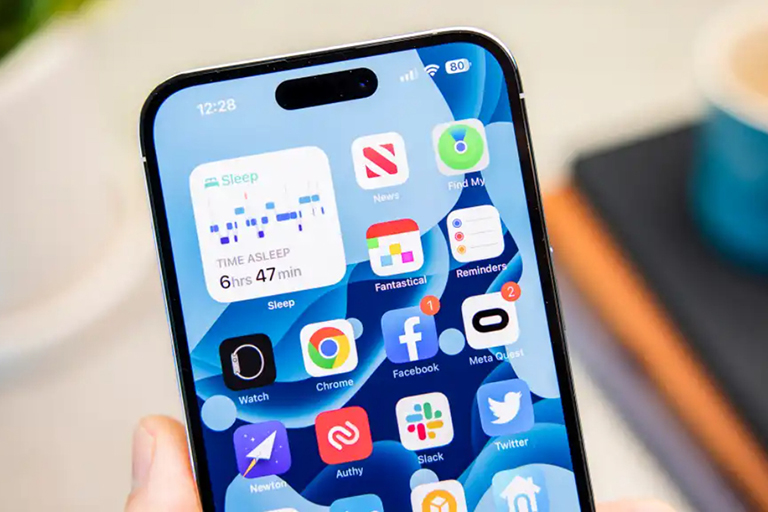
iPhone 15 series could be the first smartphone line equipped with stacked battery technology
So how is this achieved? By stacking the positive and negative electrodes on top of each other, the electrodes inside the battery are folded to form a Z shape. This process, called lamination, allows for higher battery density, higher capacity, and longer battery life. Furthermore, stacked batteries can save space, a limited resource in today's thin and light smartphones.
Stacked batteries are commonly found in modern electric vehicles, with a design that looks different than on smartphones, but will be the same structure and idea.
Advantage
With the amount of smartphone usage these days, especially running software, batteries can run out pretty quickly. Some devices don’t even last a full day before needing a recharge. Increasing the battery capacity can help, but it takes up more space and adds weight to the device.
This is where stacked batteries come in handy, as their increased density allows for longer battery life on a single charge without adding much size. The result is longer phone battery life.
Furthermore, stacked batteries could make modern smartphones safer and more sustainable because they are adaptable and can be easily modified if something goes wrong.

Stacked batteries extend battery life to a week on a single charge
Additionally, placing insulating layers in the electrode layers of a stacked battery can isolate problems to a single cell rather than affecting the battery. While this still reduces battery capacity, it can avoid complete shutdown.
Disadvantages
Despite all the benefits listed above, heat is the main drawback that can affect stacked batteries. Because stacked batteries are denser, they have a greater potential for heat generation and release. This can lead to reduced performance and overheating. Companies may develop a solution to dissipate heat, but that has yet to happen.
Which smartphones will have stacked batteries?
There are currently no smartphones on the market that use stacked batteries, but the arrival of the iPhone 15 could change that. A report from Twitter user @RGcloudS, who is well-known in the world of Android phone rumors, reveals that Apple is working on a new battery technology for the next generation of iPhones.
While it has yet to be confirmed, rumors have suggested that the iPhone 15 series will feature stacked batteries to extend the battery life on a single charge. This detail has immediately caught the attention of many news outlets around the world, with many hoping that this information is correct.
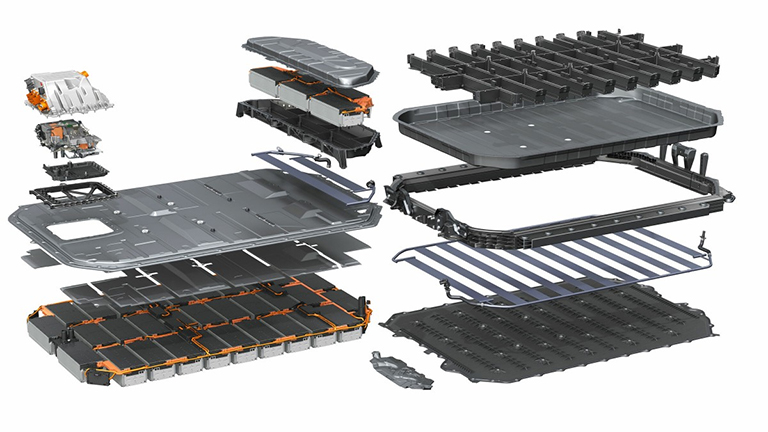
Stacked battery technology will also be available on the Galaxy S24 Ultra
Not only the iPhone 15 series, sources also indicate that the upcoming Galaxy S24 Ultra may also adopt stacked battery technology. The source said that the batteries of the Galaxy S24+ and S24 Ultra are both 5,000 mAh, but it is still unclear whether the Galaxy S24+ will use a stacked structure.
In addition, the Galaxy S24 Ultra with stacked battery technology will achieve 65W fast charging, a leap from the maximum charging speed of 45W achieved by the Galaxy S23 Ultra. However, Samsung's product will not be released until early 2024, so the iPhone 15 is likely to be the first smartphone to adopt stacked battery technology and open up a big step in the industry, allowing the battery to last for a whole week.
Source link


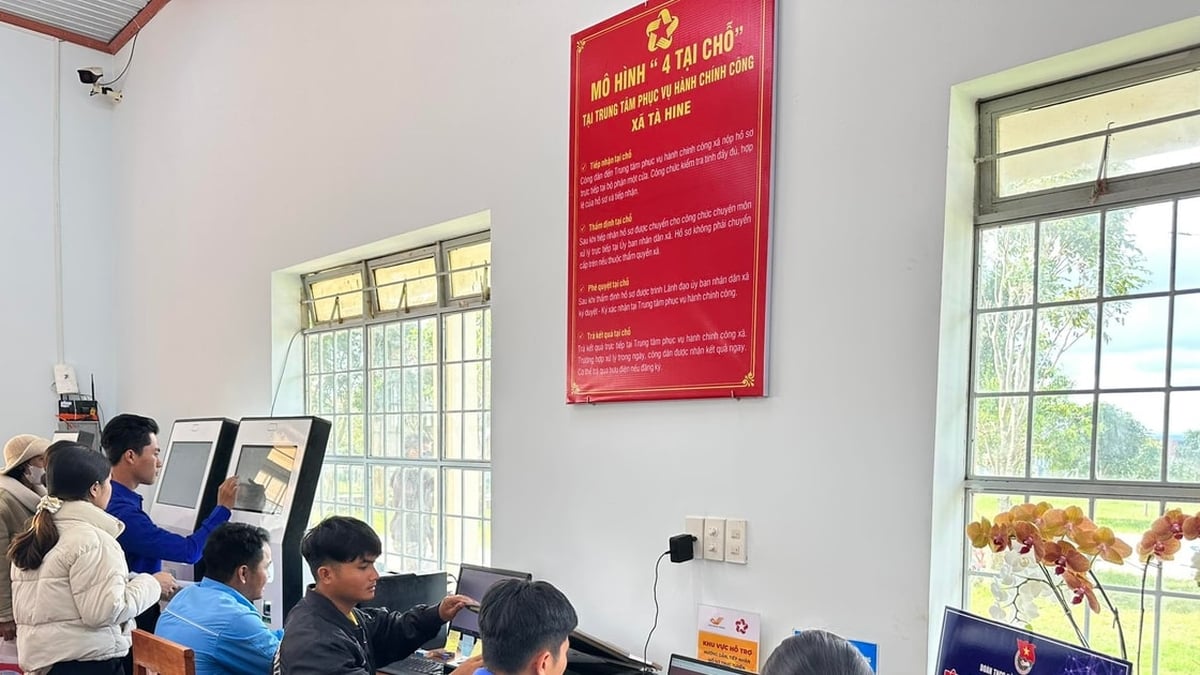



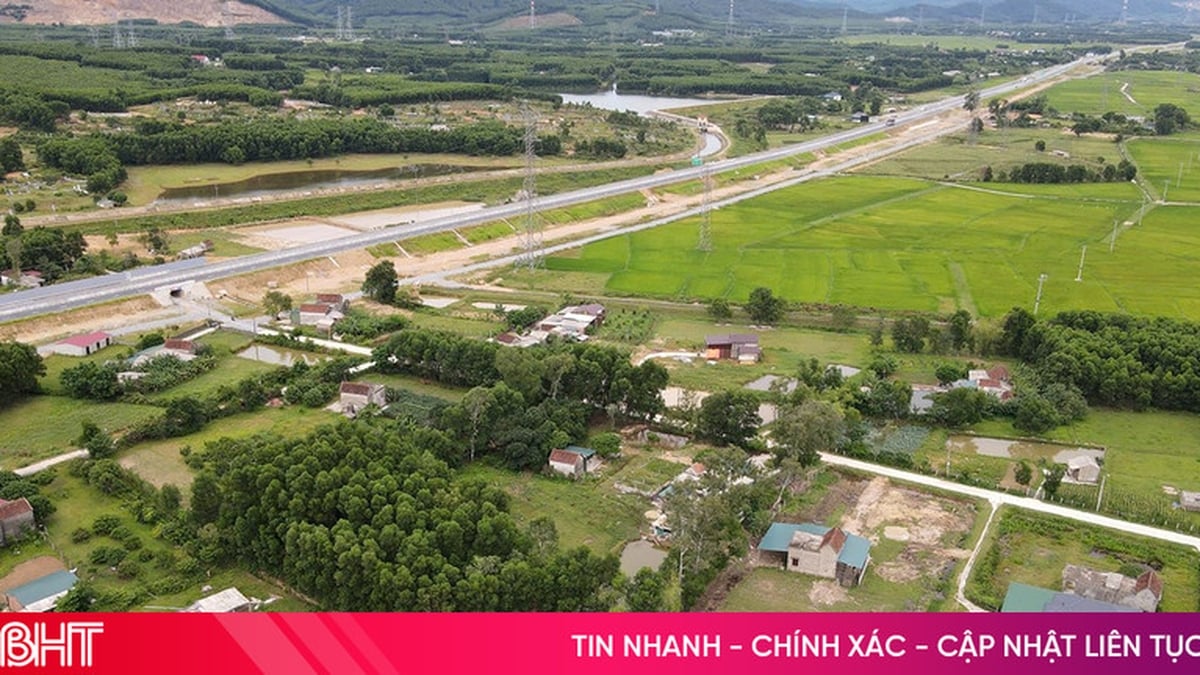



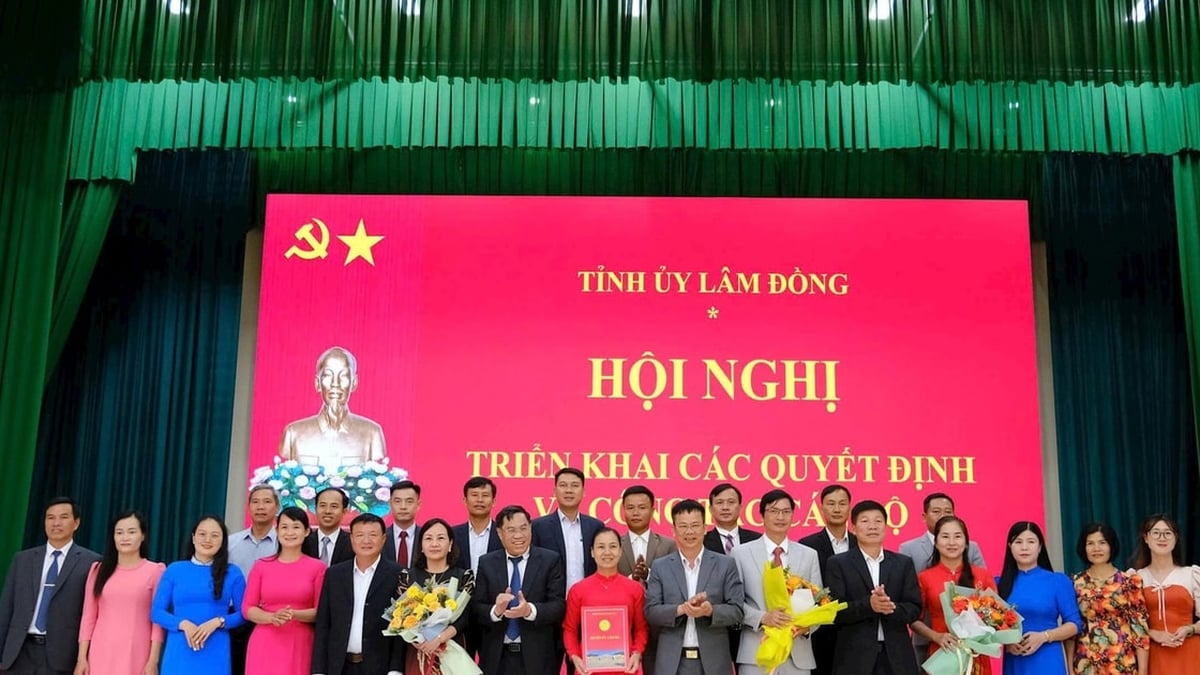
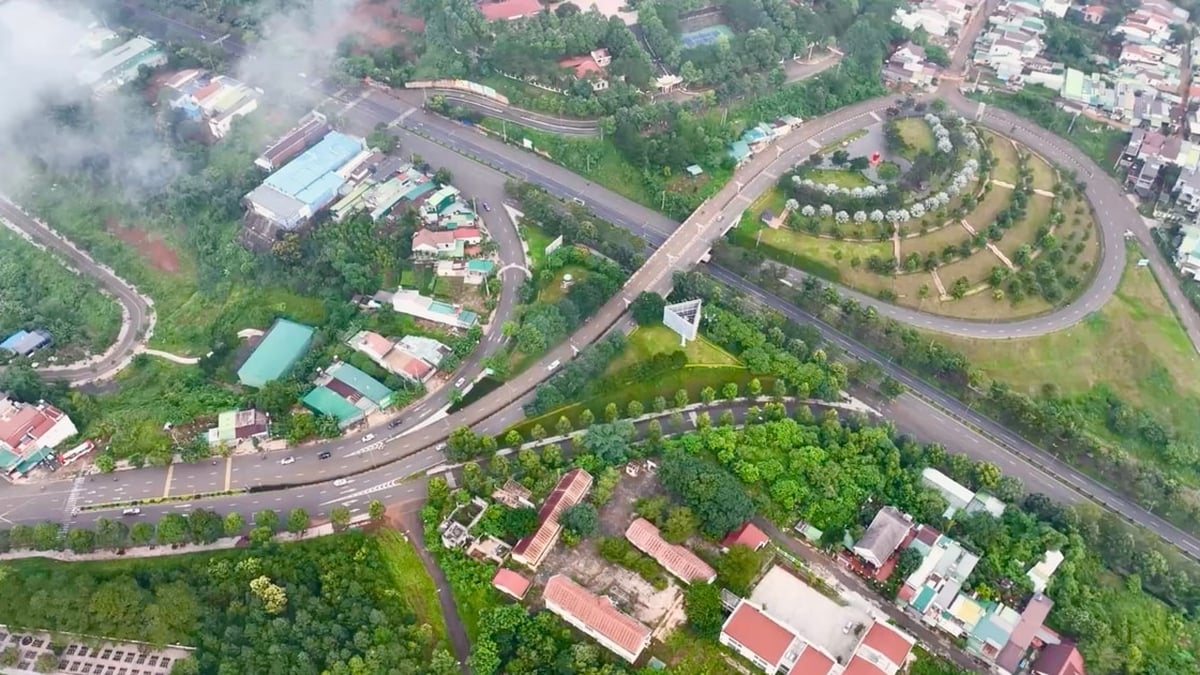






















































































Comment (0)